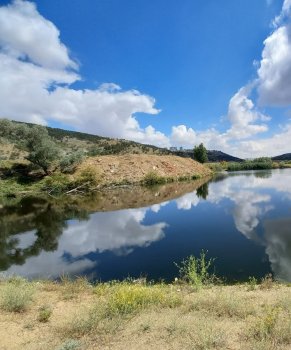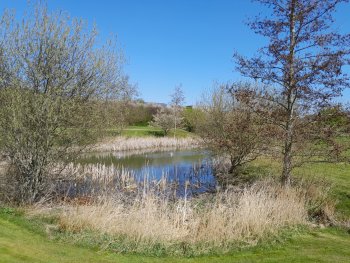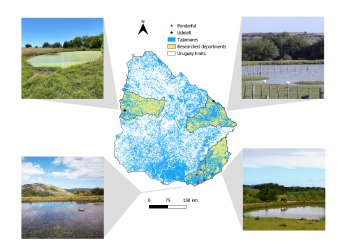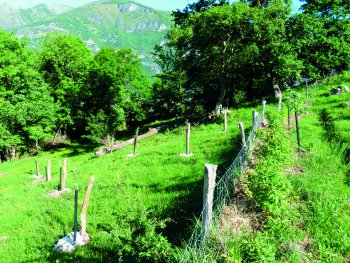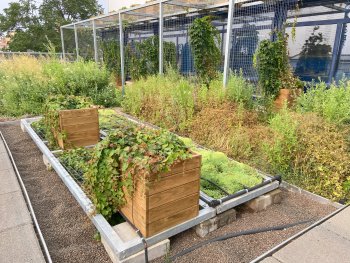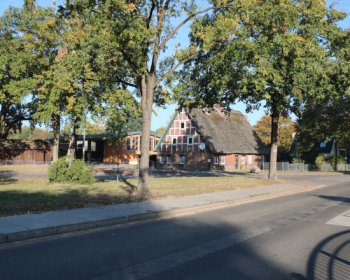H2020 PONDERFUL: The Imrahor River Valley Pondscape
This pondscape plays a key role in flood mitigation and water management in Ankara, supporting biodiversity despite urbanization. It provides crucial ecosystem services like habitat provision and water regulation, while offering recreational spaces for the public, benefiting both urban and rural areas.

